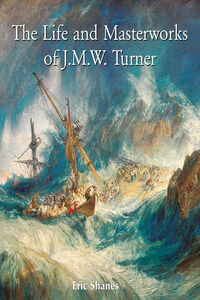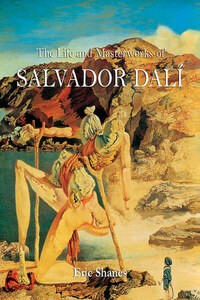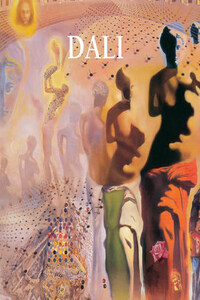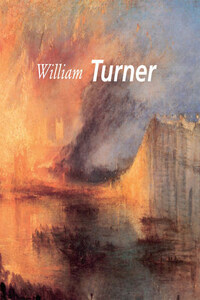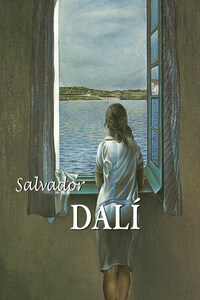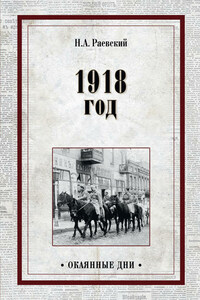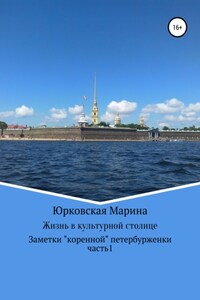CREDITS
© The Trustees of the British Museum, Illustrations 1, 2, 3, 4, 5, 6, 7, 8, 9, 10, 11, 12, 13, 14, 15, 16, 17, 18, 19
Cecil Higgins Art Gallery, Bedford, Illustrations 1, 2, 3
Fitzwilliam Museum, Cambridge, UK
Indianapolis Museum of Art, Indianapolis, USA, Illustrations 1, 2, 3, 4
Lady Lever Art Gallery, Port Sunlight, UK, Illustrations 1, 2, 3
Courtesy of the National Gallery of Ireland
Photo © the National Gallery of Ireland
Photo © National Museums Liverpool: Walker Art Gallery, Illustrations 1, 2
Royal Academy of Arts, London
© Salisbury & South Wiltshire Museum, Illustrations 1, 2, 3
Tate Britain, Illustrations 1, 2, 3, 4, 5, 6, 7, 8, 9, 10, 11, 12, 13, 14, 15, 16, 17, 18, 19, 20, 21, 22, 23, 24, 25, 26, 27, 28, 29, 30, 31, 32, 33, 34, 35, 36, 37, 38, 39, 40, 41, 42, 43, 44
Tate Gallery
Victoria & Albert Museum, London, Illustrations 1, 2, 3
Self-Portrait, c. 1798.
Oil on canvas, 74.5 × 58.5 cm.
Turner Bequest, Tate Britain, London, U. K.
This book is a revised, expanded and updated fourth edition of Turner/The Masterworks by Eric Shanes which was first published in London in 1990.
Note to the Reader: Throughout this book Turner’s original titles have been used for his paintings and watercolours, even where the spellings of names and words in those titles may differ from modern ones, or even from each other. Similarly, all original eighteenth or nineteenth-century spellings have been given below without the addition of the word ‘sic’. Short references to literature within the text allude to full citations in the Bibliography. The abbreviation “RA” stands for either Royal Academy or Royal Academician (depending on context), “ARA” for Associate Royal Academician and “PRA” for President of the Royal Academy. “TB” denotes works in the Turner Bequest, the vast holding of the painter’s output in the collection of Tate Britain, London. Roman Numerals appearing after TB provide the Inventory numbers of sketchbooks or individual works within that bequest.
J. M. W. Turner, Lake of Lucerne, from the landing place at Fluelen, looking towards Bauen and Tell’s chapel, Switzerland, signed on barrel to right JMWT, c. 1810, exhibited R. A. 1815, watercolour over pencil with scratching-out, stopping-out and gum arabic in original frame, 66 × 100 cm (26 × 39 inches), Private Collection.
We gaze across a vast lake surrounded by huge, gleaming mountains. In the distance a heavy storm has moved off, leaving in its wake an atmosphere brimming with moisture and a world beginning to steam in the brilliant dawn sunshine. Not far away a group of travellers which has been drenched by the storm while out on the waters is alighting from a small ferry boat, their belongings and cargo strewn across the beach. On the right a girl sniffles into a handkerchief, possibly crying over the spilt milk that lies before her but more probably because her recent, chillingly damp experience has given her a head cold. Further off more boats approach, while near the very tip of the headland in the far distance to the right can just be made out the chapel first created in 1388 and rebuilt in 1638 that was dedicated to the memory of the Swiss fighter for liberty, William Tell.
Such is the immediacy of the image that one might be forgiven for thinking that it was made on the spot but that was certainly not the case. Instead, it was conjured forth from a very slight pencil drawing made by the lakeside, plus an amalgam of memories and observations that were not necessarily gleaned at this place. Above all it stemmed from an imagination that was powerful, passionate and prodigious. Nobody knows exactly when Joseph Mallord William Turner created Lake of Lucerne, from the landing place at Fluelen, looking towards Bauen and Tell’s chapel, Switzerland but it probably dates from around 1810, and thus some eight years after the twenty-seven year old artist had visited Switzerland. The work was developed in the medium of watercolour, a vehicle that before Turner had usually been employed far less expressively to communicate the dry facts about a place and its occupants. Because of the large size of the drawing, plus its combination of spatial breadth, intricate detail and wide tonal range, it might easily be mistaken for an oil painting. Such a misapprehension would only be intensified by the ornate gold frame that first enclosed the image and which has remained around it ever since. Turner certainly intended to mislead us in this way.
Would anyone need to be told that The Lake of Lucerne, from the landing place at Fluelen is a work of art? Does it not inherently define what constitutes such an object? After all, an image of this quality could not have been made by just anyone. Clearly it must have been formed by a uniquely endowed individual possessed of outstanding visionary powers, a high degree of insight into the appearances and behaviour of the natural world (which of course includes our own species), a total command of pictorial language, an absolute rule over the medium chosen for its creation and, not least of all, a feeling for both enormous breadth and tiny detail, the latter of which was amassed by means of an extraordinary degree of patience. In an age like our own, when cultural, social and political levelling and relativism (not to mention critical cowardice) permits anything from a urinal to an empty room, some cuttings of pubic hair or an act of self-mutilation to constitute “a work of art”, a watercolour like the
